By Daniel Mucinskas
Design for Change is an international movement dedicated to providing students with the tools and knowledge to shape the world for a better and more sustainable future. Over the past several years, the Good Project and Design for Change have partnered to support one another’s complementary missions and perform assessment of the impact of the Design for Change curriculum. We recently spoke with founder Kiran Bir Sethi about the organization’s 2015 Be the Change conference, aspirations for the future, and the role of teachers in spreading Design for Change’s messages. Part 1 of an edited version of the conversation is below.
Q: How was this year’s Be the Change conference, which took place from September 25-26, 2015, in Mexico?
A: The conference was a global meeting that brought together all of our partners from many different countries. We developed the groundwork for furthering Design for Change’s global initiatives, and we also viewed exemplary student projects that have had a positive social impact.
Q: What were some of the unique and memorable projects you saw at the conference this year?
A: What was really interesting was where all the projects were coming from. For me, the highlight was that projects were submitted from the remotest parts of different countries. For instance, in Brazil, we received projects from the Amazon. Cases like this are a reaffirmation that Design for Change’s particular framework—Feel, Imagine, Do, Share—is tangible for all children. By using the same four steps, students can create change in their communities.
All kinds of stories were shared at the celebration, ranging from simple dog adoption projects to the construction of a mini-plane that plants seeds across great distances for growing crops or reforesting. There were projects dealing with urban issues like traffic and a couple of stories on bullying and inclusive schools. Overall, a really interesting range of ideas was presented, and because we were in Mexico (for the first time celebrating outside of India), it was very exciting to see so many stories from Mexico as well. The conference cut across demographics, geography, and languages to give these children a platform to demonstrate their “I Can” superpowers to change the world.
Q: Will the conference now be in a new country each year?
A: Yes, that is our intention. We really want the Be the Change conference to capture the full flavor of our global movement. We began in India to get the event rolling, keeping student work as our focal point. We have two countries bidding for next year’s the event. All the partners who attend will get to see a different cultural context and also witness how much Design for Change is growing.
Q: What do you think the role of teachers will be in the expansion of Design for Change?
A: Everything we want to achieve must eventually involve teachers, since children in most countries must attend formal schooling. I’m not sure if or when that will change and a new form of education, but Design for Change is of course still working on partnerships with teachers to demonstrate that empathy, ethics, excellence, and elevation are important subjects to teach in addition to the more typical subjects. We need to get away from “either/or” thinking about character education and more typical subject education. Curricula usually make space for content of character to be taught, and I think Design for Change fits right into that niche.
I’m hopeful that as we make the right noises with the right partners, we get more traction within education and society as a whole. Our responsibility is to continue to create conditions where people start taking these issues seriously.
Q: What are the long-term plans for Design for Change?
A: We will be continuing everything that we have been doing so far, and we will build new partnerships and add new voices. We want to take a global standpoint and show the world that Design for Change resonates with all children. Secondly, beyond breadth and expansion, we want to have a deep impact. Finally, we also leave time and space for more organic interactions: if a need or opportunity arises, we will take advantage of it. Currently our priority is to strengthen our global community and incorporate more voices.
You can find our more about Design for Change at their website by clicking here.
Read Part 2 of our conversation, in which Kiran shares her thoughts about the Design for Change curriculum and the importance of empowering children to make good ethical decisions.








